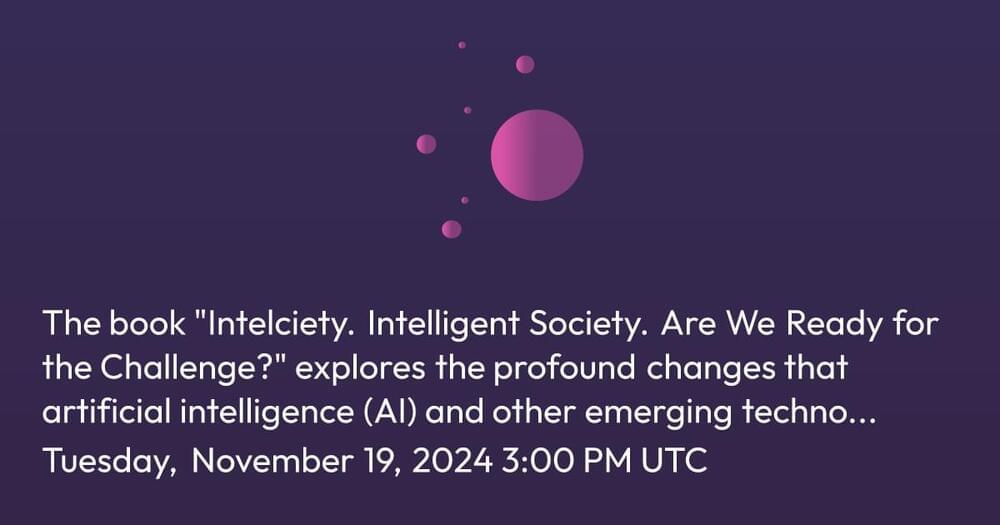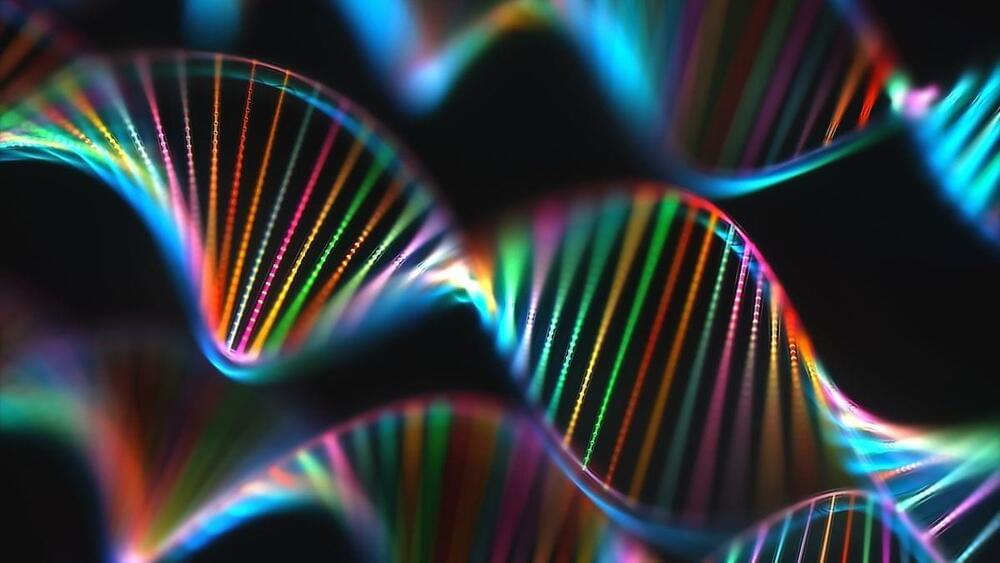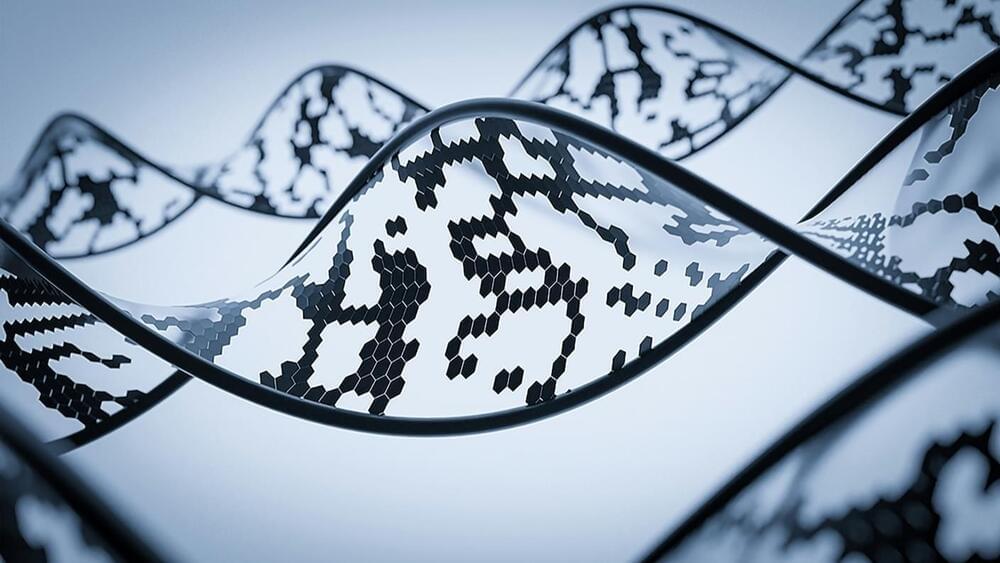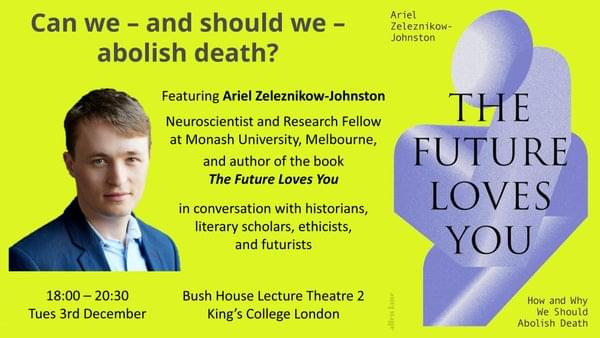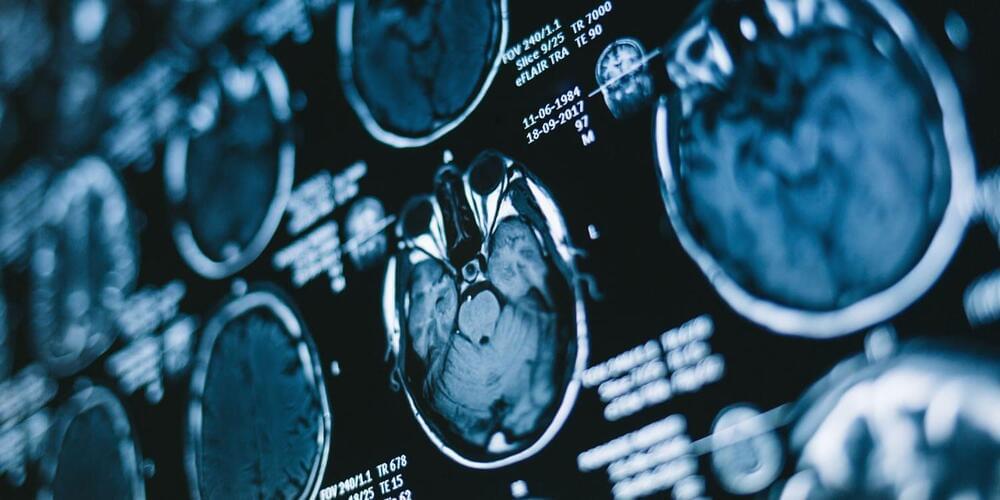Watch this video ad-free on Nebula: https://nebula.app/videos/polyphonic-how-tool-used-math-to-create-lateralus.
If you think this video was worth $3 — https://ko-fi.com/polyphonic.
Merchandise: https://standard.tv/collections/polyphonic.
TikTok: https://tiktok.com/@watchpolyphonic.
Twitter: https://twitter.com/watchpolyphonic.
Join the Polyphonic Discord: https://discord.gg/TQUTp9r.
Theme Music by Pracs: https://soundcloud.com/pracs.
00:00 Intro.
00:43 Title Card.
00:50 The Fibonacci sequence.
01:15 Syllabic Breakdown.
01:59 Drums.
02:27 Spiral/Golden Ratio.
03:13 Vocal Structure.
03:50 Lyrics.
05:14 Spirituality.
06:53 Conclusion
